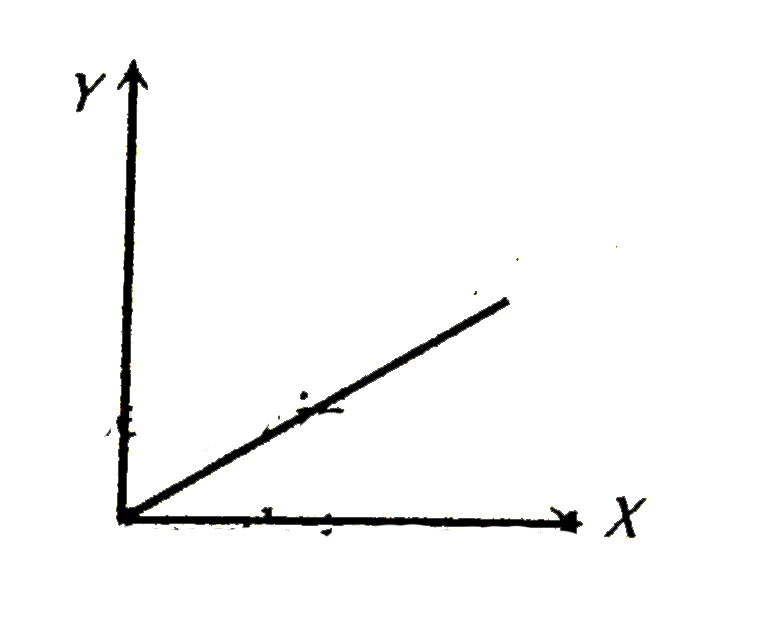A solid sphere falls with a terminal velocity of 20ms−1 in air. If it is allowed to fall in vacuum Solution in Tamil
terminal velocity will be 20 ms−1
terminal velocity will be less than 20ms−1
terminal velocity will be more than 20ms−1
there will be no terminal velocity
Step by step video & image solution for A solid sphere falls with a terminal velocity of 20 ms^-1 in air. If it is allowed to fall in vacuum by Physics experts to help you in doubts & scoring excellent marks in Class 11 exams.
Updated on:21/07/2023Topper's Solved these Questions
- SOME MECHANICAL PROPERTIES OF MATTERBOOK - HC VERMACHAPTER - SOME MECHANICAL PROPERTIES OF MATTEREXERCISE - Objective-2
7 Videos
- SOME MECHANICAL PROPERTIES OF MATTERBOOK - HC VERMACHAPTER - SOME MECHANICAL PROPERTIES OF MATTEREXERCISE - Exercises
32 Videos
- SOME MECHANICAL PROPERTIES OF MATTERBOOK - HC VERMACHAPTER - SOME MECHANICAL PROPERTIES OF MATTEREXERCISE - Question For short Anser
18 Videos
- SIMPLE HARMONIC MOTIONBOOK - HC VERMACHAPTER - SIMPLE HARMONIC MOTIONEXERCISE - Exercises
58 Videos
- SOUND WAVESBOOK - HC VERMACHAPTER - SOUND WAVESEXERCISE - All Questions
139 Videos
Similar Questions
A student plots a graph from his reading on the determination of Young's modulus of a metal wire but forgets to label. The quantities on X and Y may be respectively.

View SolutionA load of 10 kg is suspended by a metal wire 3 m long and having a cross sectional area 4mm2. Find a. the stress b. the strain and c. the elongation. Young modulus of the metal is2.0×1011Nm−2
View SolutionThe ratio stress/strain remains constant for small deformation of a metal wire. When the deformation is made larger, will this ratio increase or decrease ?
View SolutionA particle executes simple harmonic motion with an amplitude of 10 cm and time period 6s. At t=0 it is at position x=5 cm going towards positive x-direction. Write the equation for the displacement x at time t. Find the magnitude of the acceleration of the particle at t=4s.
View SolutionA wave of wavelength 0.60 cm is produced in air and it travels at a speed of 300 ms^-1. Will it be audible?
View SolutionA solid sphere moves at a terminal velocity of 20ms−1 in air at a place where g=9.8ms−2. The sphere is taken in a gravity free hall having air at the same pressure and pushed down at a speed of 20ms−1
View SolutionA solid sphere falls with a terminal velocity V in CO_(2) gas. If its is allowed to fall in vacuum
View SolutionA solid metallic sphere of radius r is allowed to fall freely through air. If the frictional resistance due to air is proportional to the cross-sectional area and to the square of the velocity, then the terminal velocity of the sphere is proportional to which of the following ?
View SolutionA solid sphere falls with a terminal velocity v in air .If it is allowed to fall in vaccum,
View SolutionA metal ball falls through water with terminal velocity 20 ms^(-1) . When the ball is allowed to fall through vacuum, then
View SolutionAn iron sphere of mass 20xx10^(-3) kg falls througha viscous liquid with terminal velcoity 0.5 ms^(-1) . The terminal velocity (in ms^(-1) ) of another iron sphere of mass 54xx10^(-2)kg is
View SolutionTwo spheres of equal masses but radii r_(1) and r_(2) are allowed to fall in a liquid of infinite are allowed to fall in a liquid of infinite column. The ratio of their terminal velocities are
View SolutionA Soild sphere falls with a terminal velocity of 10 cm/sec in the earth's gravitational field. If it is allowed to fall in a region outside the gravitational field of the earth, (gravity free) the terminal velocity will be :-
View SolutionAn iron sphere of mass 20xx10^-3 kg falls through a viscous liquid with terminal velocity 0.5 ms^(-1) The terminal velocity (in ms^-1 ) of another iron sphere of mass 54 xx 10^2 kg is
View SolutionA solid sphere moves at a terminal velocity of 20ms−1 in air at a place where g=9.8ms−2. The sphere is taken in a gravity free hall having air at the same pressure and pushed down at a speed of 20ms−1
View SolutionA sphere falls in air with a terminal velocity of 50 m/s. If the same sphere is allowed to fall in vacuum what is its terminal velocity?
View Solution
